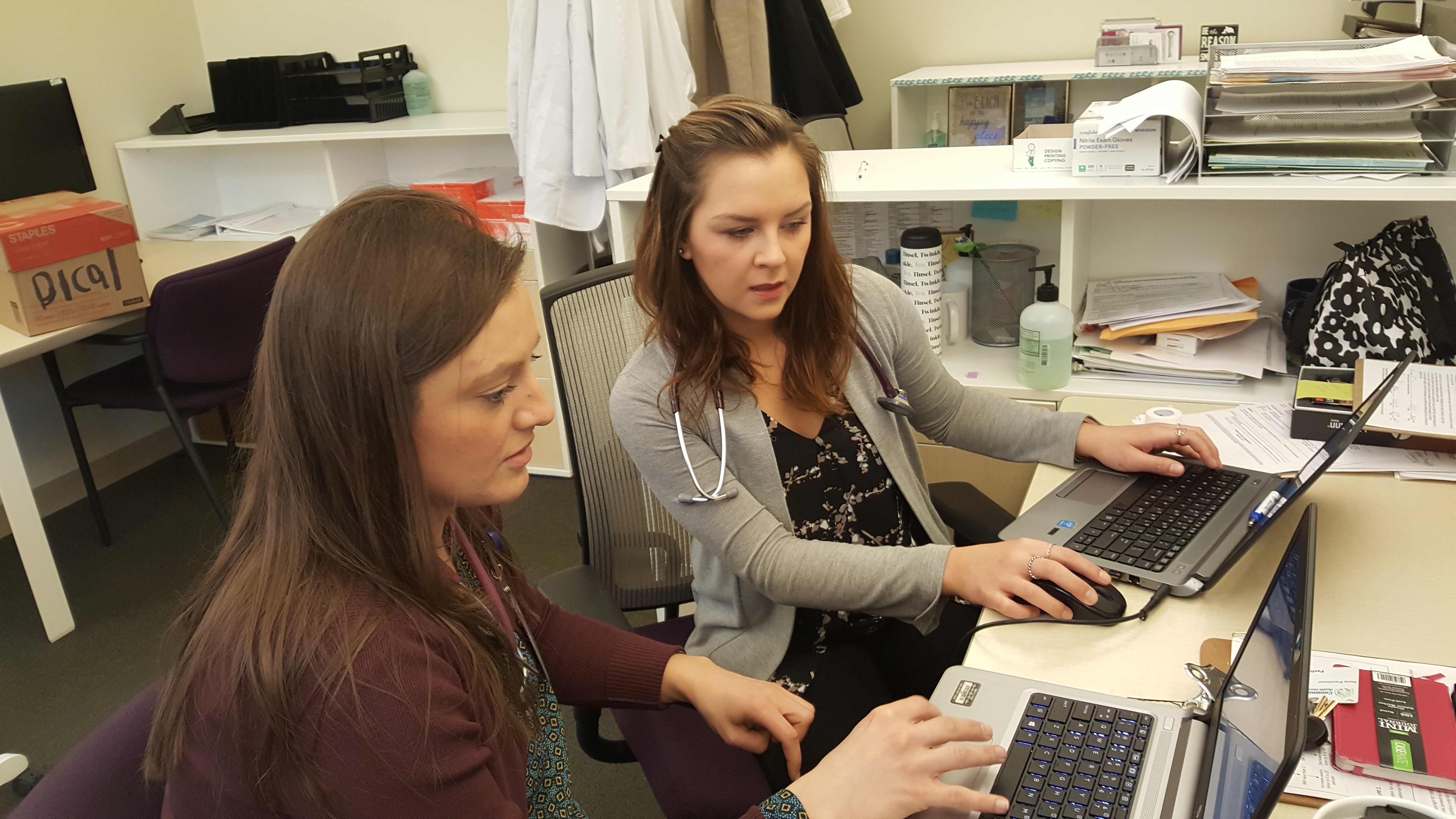
There are a variety of teaching methods that may be applied in the clinical setting. The following methods are commonly used and may be modified as needed by preceptors.
One-Minute Preceptor
This method of teaching is student and patient centered, using questioning to determine the needs of both student/patient. Preceptors can assess the student’s critical thinking, clinical reasoning, and knowledge base with a few questions. This method also provides for immediate feedback.
Model problem solving
This is another form of case based learning and often referred to as the “think aloud” method. In model problem-solving the preceptor demonstrates clinical problem-solving by reviewing differential diagnoses while verbally making the “case” for each diagnosis. The preceptor then verbally provides reasoning for diagnostic and treatment decisions. This method is especially useful when the case is too complex for the level of learner or when the preceptor may need consultation. This is a form of passive learning but a later discussion/review of the case can increase student participation.
SNAPPS
This method is student-centered, active learning. The student takes a more active role by presenting analyzing, reasoning, questioning, and follow up on identified needs of a patient encounter. The preceptor takes the role of facilitator and consultant while encouraging critical thinking. This method is best for second and third semester students.
Summarize: Student provides brief, concise summary of history and findings.
Narrow differential: Student presents 2-3 differentials for the case.
Analyze differential: Student analyzes differentials by comparing and contrasting the choices. Determines most likely diagnosis. Preceptor can assess student's clinical reasoning during this section.
Probe Preceptor: Student use preceptors as a knowledge resource and ask about uncertainties. Review possible alternative approaches with preceptor. Can prompt preceptor to give clinical pearls.
Plan management: Student discusses a management plan and/or next steps with reinforcement/input from preceptor.
Select case directed learning: Student self-identifies a learning need related to the case and later discusses findings with the preceptor.
See the attached video and reference
Pattern recognition
This is cased-based teaching that is effective for straightforward common patient problems such as URI, UTI, Strep throat etc. This is method is especially helpful when there are time limitations and the case is straightforward.
- Student collects data from patient and chart
- Student presents chief complaint and most likely diagnosis
- Preceptor confirms diagnosis
- One or two teaching points can be used to affirm correct diagnosis or correct inaccurate diagnosis
- Focus on patient management issues after diagnosis confirmed
- Avoid “snap judgements”, student should complete a comprehensive evaluation of the patient
- Preceptor can question other components of the evaluation as needed
Below you will find some common teaching problems and practical tips for effective clinical teaching.
Common teaching problems
- Lack of clear objectives/expectations
- Focusing on fact recall instead of developing problem-solving skills
- Directing teaching at the wrong level, usually too high
- Passive observation instead of active learning
- Lack of supervision and feedback
- Minimal time for reflection and discussion (Spencer, 2003)
Tips for Clinical Teaching
- Learning is evolutionary
- A variety of learning experiences improves interest
- “Scaffold” learning by linking prior knowledge to new knowledge
- Assist student in exploring their own values and attitudes
- Homework may be assigned by preceptors i.e. review articles/guidelines/research
- Participation, recall, repetition, and reinforcement improve learning
- Directed/focused teaching points, feedback, and student assignments are effective in learning
- Don’t be afraid to admit you don’t know something, demonstrate how you use resources as needed